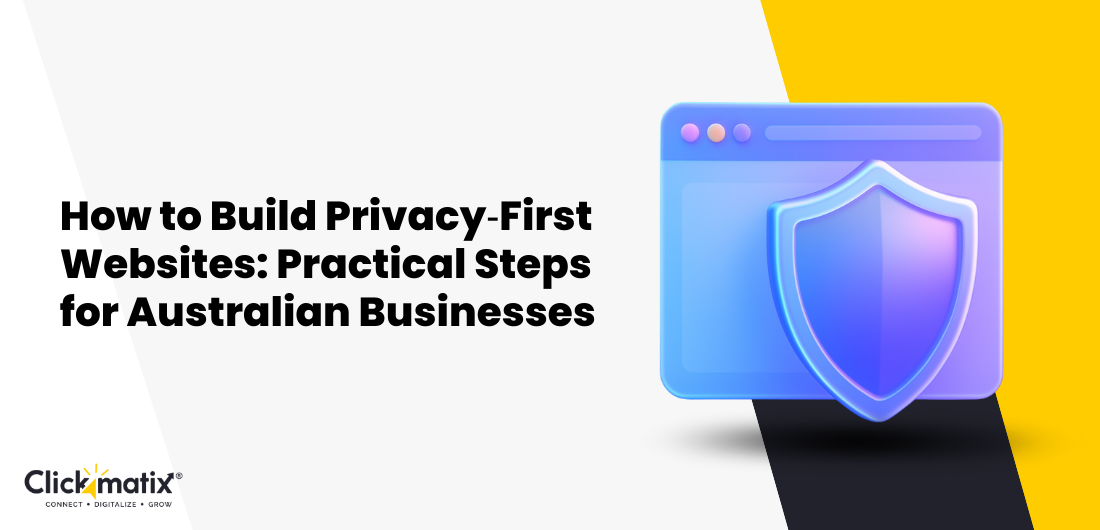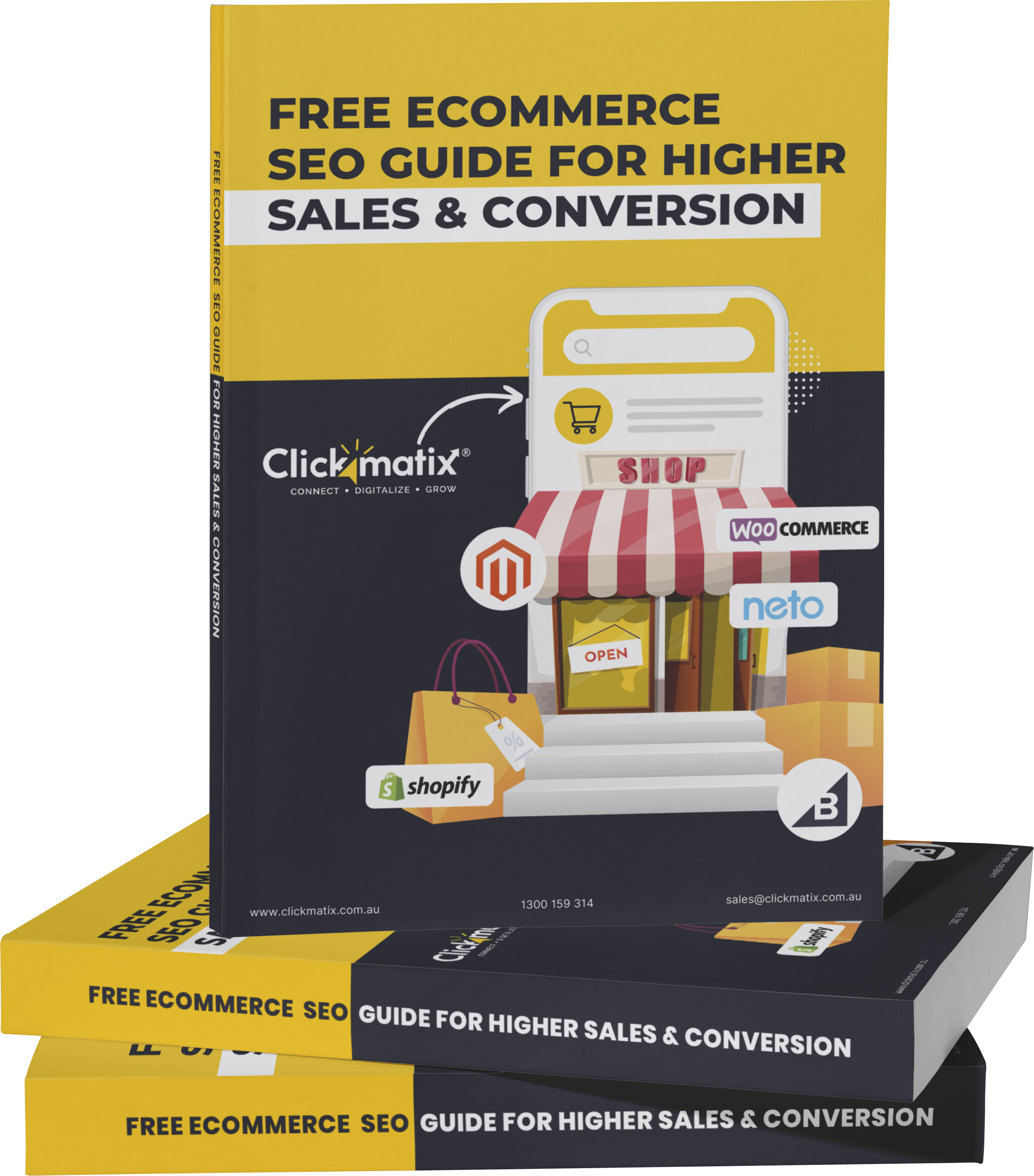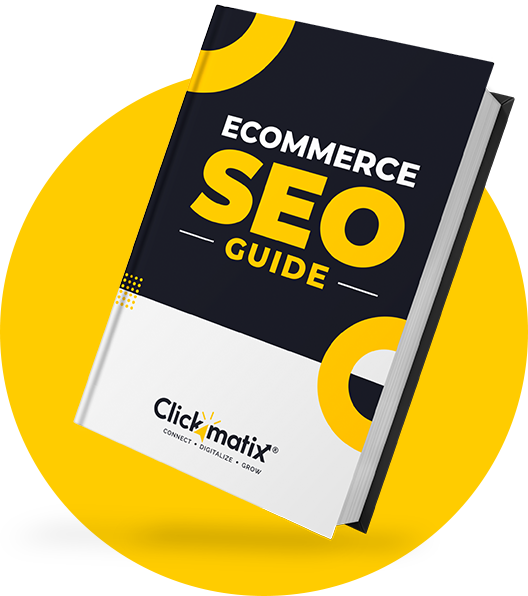How to Build Privacy First Websites: Practical Steps for Australian Businesses

It’s no secret that privacy isn’t just a buzzword anymore, especially down here in Australia. Over the past few years, consumer expectations have shifted: people expect websites not to treat their data like it’s free.
And, let’s be honest, with updates to Australian privacy laws and guidelines from the OAIC (Office of the Australian Information Commissioner), there’s pressure. Not just a polite nudge but a real push for Australian businesses to adopt privacy‑first approaches.
What you’ll find here is not just theory. This isn’t “privacy‑first web development Australia 101.” You’re beyond that. You want actionable steps. Clear, practical ways to make your websites privacy‑first websites, ensure privacy compliance for Australian websites, and move with confidence through Australian privacy law website compliance.
By the end, you’ll have a sense of how things mesh together: principles, tools, real examples, and perhaps, most usefully, the occasional “well, I tried this and it actually worked” thought.
Why Privacy First Websites Matter in Australia
First, there’s the Privacy Act and OAIC guidance. Australia’s Privacy Act already demands certain standards, and updates (yes, recent ones) have tightened the screws. Think: more clarity on data breaches, tougher consent requirements, heftier penalties. We recall reading about a case, or perhaps a headline, where a business was penalised heavily for sloppy consent practices. That felt real. And the message stuck: non‑compliance isn’t hypothetical.
Then, the risks aren’t just legal. Reputational fallout – once the word is out that a site mishandled data, trust plummets. And, cost-wise? Fines plus crisis management equals a business headache you don’t want.
If you’re trying to scale, trust is everything. Imagine two sites that do the same thing, but one shows “privacy‑focused web design” credentials clearly. Which one feels more polished, more trustworthy?
That last point – consumer trust isn’t fluff. It’s often what separates a click from a purchase, a bounce from a return visit. A privacy‑first website signals you respect your visitors’ time, data, and peace of mind. That matters.
Key Principles of Privacy First Web Design
Alright, so here’s the conceptual heart.
- Data minimisation: Only collect what’s necessary. Simple, but so often overlooked. Do you really need their phone number, or just an email? Imagine if a real site asks for your birthdate. The first question will be, “Why?” Sometimes, less is more, and easier to justify.
- Transparency: Make things crystal. Tell users why you collect info, how you use it. “Privacy‑first web development Australia” isn’t just a tag. It’s a mindset: upfront, clear, even a little conversational if that fits your tone.
- Security by design: Think of it like building a house with locks and sturdy doors from the ground up rather than adding them later. Use HTTPS, strong encryption, proper access controls—all baked in from the start.
These aren’t novel individually, but together? That’s the privacy‑focused web design Australia sweet spot: a foundation where respect for user data isn’t an afterthought.
Step‑by‑Step Guide to Building a Privacy First Website
Let’s get practical. Step by step.
A. Conduct a Privacy Audit
You’re probably collecting data. Maybe through forms, analytics, heatmaps, ad trackers, sometimes unintentionally. Start by mapping what you’re gathering and where it goes. Who has access, how long is it held, and is it shared with any third parties?
Then, scrutinise third‑party scripts. Ad networks, social plugins, analytics – great for insight or reach, but they often involve tracking. Ask: Do we really need them all? If not, slim down.
B. Implement User Consent Mechanisms
In Australia, cookie consent rules are evolving. You need to be clear, not just by ticking a box that says “We use cookies”. Use a banner or modal that specifically offers an opt‑in/opt‑out for non‑essential cookies, and label them transparently (e.g., “analytics”, “marketing”, “functional”).
Let users change their minds. If they click “accept,” they may still want to review their privacy settings or review the policy later. Don’t bury the “change preferences” link so deep that they give up looking for it. Make it easy to find and use.
C. Design Forms for Data Minimisation
Keep inputs minimal. If name and email are sufficient, don’t demand a phone number, especially when it doesn’t add value for the user or your business.
Also: add tiny explanations. For example: “We ask for your email so we can send order updates – not marketing fluff, promise.” That little human touch, while keeping transparency, helps.
D. Enable User Data Access and Deletion
This can feel technical, but it’s worth it. Provide a page or portal where users can view the data you’ve stored, download it, or request deletion. Even if you still process requests manually, state clearly: “Send us a request at … and we’ll comply within X days.” Better than nothing, and still counts.
Sometimes a manual process is the best way to handle things. Think about a site that says, “just email us and we’ll sort it,” and then actually follows through. It turns out that’s a perfectly valid approach; you just have to set the right expectation.
E. Update Privacy Policies and Notices
Write them in plain English. Avoid legal-speak unless absolutely required. Use headings like “What we collect”, “Why we collect it”, and “How to opt out”, and keep the content scannable.
Link to your policies from every page (footer, forms, and checkout) so they’re always there. Don’t hide them behind “Privacy Policy” small print. Let users find them easily.
F. Secure Data in Transit and at Rest
This is a non-negotiable: HTTPS everywhere, with a valid certificate. No “maybe later”. All your pages should be served securely. Then, on the backend, encrypt sensitive stored data – passwords (salted and hashed), personal identifiers, etc.
Backups need to be just as secure as live data. An unencrypted backup of user information was once discovered on a test server. The lesson is clear: encryption isn’t just for live environments.
Practical Tools and Plugins for Privacy Compliance
Tooling helps. Depending on your setup:

Get weekly insights for revenue-shifting results
Sign up for our newsletter and be the first one to know about our exclusive offers, digital marketing news and updates.
|
|
Thank you for Signing Up |


- WordPress: Look for plugins like “Complianz”, “WP Consent Manager”, or “Cookie Notice & Compliance”. They support customisable banners, categories of cookies, and blocks until consent.
- Shopify: It’s often built-in with some themes, but apps like “GDPR/CCPA+ Cookie Management” give more control—especially helpful when shipping to both Aussie and European customers (if you’re thinking ahead).
- For custom builds: There are libraries like CookieConsent by Osano, or frameworks like Iubenda, which offer consent management systems that work across stacks.
For data access and encryption: modules like WP Data Access or WordPress User Data Export, or custom endpoints in frameworks like Node.js or Laravel (if you’re using them), can help build export/delete workflows.
Don’t forget encryption tools like Let’s Encrypt for certificates, AWS KMS, or open-source libraries, depending on your stack.
And here’s something developers should follow: keep everything updated. Privacy compliance isn’t a “set and forget” approach. Frameworks evolve, laws evolve, and plugin vulnerabilities do too. Set reminders to check for updates monthly or even automate security alerts.
Examples: Australian Businesses Doing It Right
One is a boutique Australian eco‑shopping site. They have a crisp cookie banner, picture‑perfect minimal form (email only), and a “download my data” link in their footer. It feels thoughtful.
Another is a local service provider. They embed consent in their booking flow: before confirming, they offer inline toggles (“I’m okay with emails for appointment reminders – yes/no”), and the policy is presented in three clear lines.
What stands out? They don’t hide behind legalese. They invite a trust conversation. It actually makes you feel better about giving your details.
Common Challenges and How to Overcome Them
You’ll hit snags. Some of the usual suspects:
- User experience vs privacy: Some think extra steps (like consent modals) are friction. True. Yet, done well—lightweight and contextually appropriate—they might even enhance trust, rather than hinder flow. A little extra step for peace of mind isn’t always a trade-off.
- Stakeholder resistance: Folks might say, “We don’t need to do that; our user base doesn’t care.” Often, they really do once it’s framed: this builds brand strength. Sometimes, showing examples (like those we just talked about) helps shift perspective.
- Regulation creep: Privacy rules evolve. One minute you’re compliant, and the next, there’s a new regime. Address this by:
- Subscribing to OAIC or privacy‑focused newsletters,
- Building a lightweight review process (even quarterly),
- Having someone on the team nominally “watching” privacy updates.
Tips for Staying Ahead of Privacy Trends
To stay ahead, don’t treat privacy as a one‑off project.
- Review regularly: Set a recurring calendar reminder—quarterly or biannually—to audit your practices. We usually scribble ours as “privacy check‑in” (feels friendlier than “audit”).
- Subscribe: Sign up for OAIC updates – official newsletters or RSS. Also, watch broader industry signals (e.g., global privacy shifts, if you have international users).
- Train your team: Even if it’s just a 15‑minute session like “Here’s what’s new in privacy this quarter.” It builds awareness. Make privacy language simple for non-technical staff: “We’re now doing site‑wide HTTPS,” or “We’ve added an opt‑in for analytics.” Casual updates build culture.
Conclusion
Look, privacy first website development isn’t about ticking a few boxes. It’s a commitment to respect, trust, and responsibility. For Australian businesses, it’s as much about legal compliance as it is about reputation and user relationships.
What you’ve got now is a real, usable guide: principles (data minimisation, transparency, security by design), concrete steps (audit, consent, forms, access, policy, encryption), tooling tips, plus examples of businesses doing it well, even small ones.
So here’s the gentle nudge: take that first step. Audit your current site. See if consent is truly clear or if forms ask too much. Small tweaks lead to big trust signals.
Let’s Make Your Website Privacy‑first And Truly Compliant With Australian Law
Contact Clickmatix for a FREE privacy audit and expert web development support – protect your business and nurture trust with your customers. Rest assured knowing your site is doing its part to respect privacy.
In search for strategic sessions?
Let us understand your business thoroughly and help you
strategies your digital product.
It's time to call your business-
a brand!
Australian Owned Agency
Save Time and Money
Unbeatable Value
Where Work Gets Done

free Ecommerce SEO guide for Higher Sales & Conversion



THE ULTIMATE MARKETING GUIDE FOR LAWYERS



Youtube Ads Guide How to Advertise on Youtube



free Ecommerce SEO guide for Higher Sales & Conversion


It's time to call your business-
a brand!
Australian Owned Agency
Save Time and Money
Unbeatable Value
Where Work Gets Done



The Game-Changing Ecommerce SEO Guide That Will Blow Your Mind & Sales
With this Ecommerce SEO Guide, you'll be able to:
- Develop a Ecommerce SEO strategy.
- Build a content marketing strategy that aligns with your business goals.
- Convert your website visitors into paying customers.



Youtube ads guide how to advertise on youtube
With this Youtube ads Guide, you'll be able to:
- Develop a Youtube ads strategy.
- Build a type of ads of your own that aligns with your business goals.
- Generate revenue from youtube ads.
It's time to call your business-
a brand!
Australian Owned Agency
Save Time and Money
Unbeatable Value
Where Work Gets Done













 Australian Owned Agency
Australian Owned Agency Save Time and Money
Save Time and Money Unbeatable Value
Unbeatable Value Where Work Gets Done
Where Work Gets Done